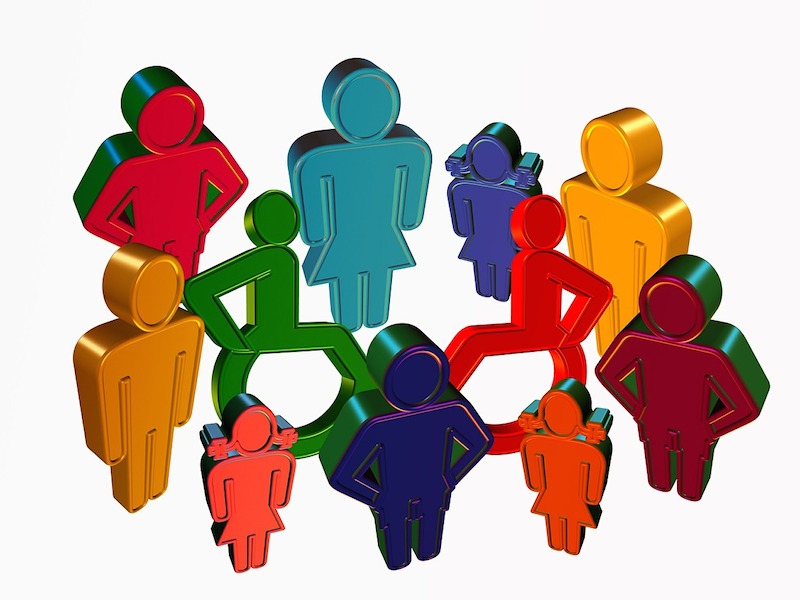When it comes to MS and other invisible disabilities, you can’t always believe your eyes.
Written by Ann Pietrangelo
Kanye West caused an uproar recently when he stopped a concert to call attention to some fans who seemingly refused to stand. The audience even chimed in with some boos. After an awkward bit where he said he wouldn’t continue the show until everyone was standing, he thought better of it and said, “Now, if he is in a wheelchair, it’s fine.”
This is not about bashing Kanye West or his booing fans. It’s a learning opportunity. I watched a clip of the incident and, yes, it made me uncomfortable. That’s because there are times in my life when standing up was a problem, but that problem would not have been obvious to others. I’ve been that person at a party who spent the whole evening in a chair, looking for all the world like a party pooper. “Get up and dance! Don’t just sit there!” It’s not that I didn’t want to get out there and mingle and dance, it’s that I couldn’t, and all the peer pressure in the world couldn’t change that.
I have multiple sclerosis (MS). In a nutshell, MS is a chronic disease that causes lesions within the central nervous system. The list of potential symptoms is long, but MS varies a great deal from person to person. A lot depends on where those lesions form. There are relapsing-remitting types of MS and progressive types. Disabilities aren’t always easy to spot, and there are many degrees of disability.
A common symptom of MS is numbness, tingling, and weakness in the limbs. If you have MS, your body doesn’t always do what you tell it to do. You tell it to put one foot in front of the other and walk, but it doesn’t always obey. Walking can be a problem. So can standing.
When my MS was raging, standing was about the most difficult thing I could imagine. Believe it or not, walking was easier, because there was a little momentum to keep me going. Standing is a lot to ask of legs that have no feeling and ignore orders from the brain. They can collapse right under you. But here’s the thing — you can’t see the problem. What you see are some perfectly normal-looking legs on a seemingly healthy person, especially if there’s no wheelchair, walker, or cane to clue you in. It is, indeed, an invisible disability.
Kanye West finally seemed to give his fan a pass because he was in a wheelchair, but there’s another lesson to be learned here. MS and other neurological diseases manifest in strange ways. Maybe you can walk, but only a few steps at a time. Perhaps you can stand, but only for a few minutes. You can have a severe disability even though you don’t use a wheelchair.
Have you ever scoffed at a person in a wheelchair when you saw them get up, take a few steps, and sit back down? Faker. How about that person who pulls up in a handicapped parking spot and walks into the store, no wheelchair in sight? Faker. Then there’s the person who is working out at the gym one week, and claiming to be unable to carry the groceries the next. Faker! Except they’re not fakers. Their disabilities are very real.
Beyond the physical challenges, there’s an emotional toll to having to explain yourself, over and over again, and feeling those suspicious glances cast in your direction.
If you haven’t experienced something like this yourself, or are close to someone who has, it’s a reality that could easily escape your notice. You can’t always believe your eyes. Sometimes, there’s more to the story, and it’s worth extending the benefit of the doubt.
Related Reading
5 Tips For Living with MS
No More Secs! Living, Laughing & Loving Despite MS







